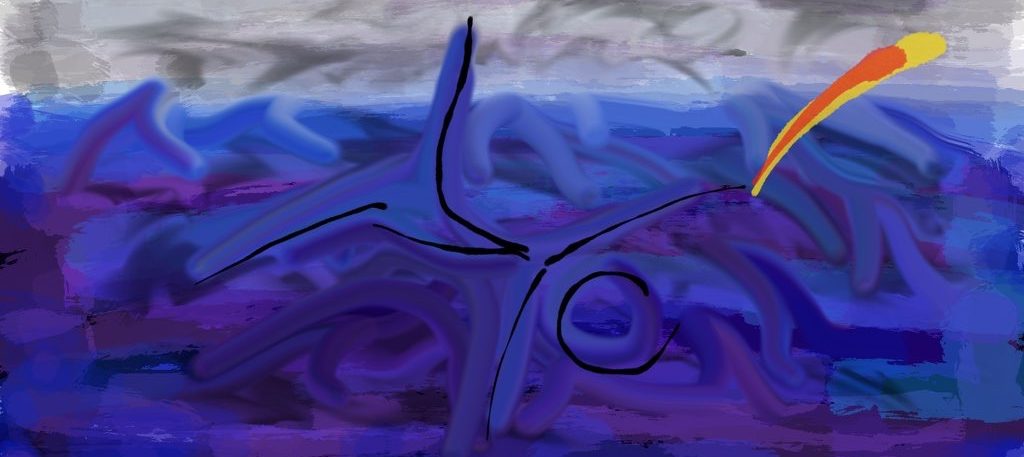Vandana Shiva argues that we have been conditioned to think in monocultural ways, but what if we have also been conditioned to feel, to relate, to dream, to hope, to desire, and to imagine in restricted ways? We tend to think about our imagination as something unbound and unlimited, but this may not be the case.
The two collections of resources below (from pop culture and arts) present the case that our sensibilities (our sensing the world around us) have been colonized by design. The first set is a collection of videos about sensibilities of sound. The second collection presents artistic practices related to how the materials around us condition the ways we relate to the world. Take a moment to sit with the critiques presented in these collections and to consider to what extent your imagination and sensibilities have been conditioned and restricted by design.
We invite you to reflect on this topic trying to move away from both romanticization/idealization and vilification/pathologization. We need to learn to “get to zero” to a place where we can hold humanity in all its complexity: the good, the bad, the ugly and the broken within and around all of us. In this sense, this is not about righteous politics, but about a political practice of collective healing. In this practice we acknowledge that we are both part of what is dis-eased (i.e.our sense of superiority and separation) and of what has potential to move towards healing.
As you engage with the following videos, take note of where in your body you experience the sensations that might come up.
Collection 1
Watch these three videos addressing the ways we have been conditioned to relate to sound and reflect on the questions below:
- Axis of Awesome (critique of our exposure to 4-chord popular songs): https://youtu.be/oOlDewpCfZQ
- In my language (critique of our obsession with interpretation): https://youtu.be/JnylM1hI2jc (watch until the end)
- Inuit performer Tania Tagak’s “Retribution” (exposure to a very different mode of relationship with sound and image): https://youtu.be/xNYTA6SV6tM
- Which video and associated soundscape comforts you? Which makes you uncomfortable? Why do you think this is the case?
- Where in your body do you experience harmony and disharmony? How do the sounds in the videos settle or unsettle your body?
- How does our desire for (and entitlements towards) comfort shape the soundscapes in your daily life?
- Does sound shape your sense-of-self? How? Does sound influence your sense of community and identity with a broader collective? How? Does sound influence your perception of others and their communities?
Collection 2
Visit the two virtual artistic exhibitions addressing how the materials around us restrict the ways we relate to the world and reflect on the questions below
- Judy Chartrand’’s “What a wonderful world” https://www.straight.com/arts/823361/judy-chartrand-what-wonderful-world-uses-everything-ceramic-soup-cans-cereal-boxes-take
- Common Worlds Collective’s “Toxic intra-dependencies: plastic childhoods exhibition” http://riverplasticities.climateactionchildhood.net/index.php/exhibit/
- How do the artistic exhibitions draw upon common objects and materials to unveil contradictions and paradoxes of modernity?
- When the landfills of the late 20th and early 21st centuries are excavated in the future, what stories will they tell?
- When was the last time you ate a meal in which you can be certain no items came into contact with plastic within the life cycle of the ingredients?
- When life begins to re-emerge from deposits of plastic that are accumulating in our ecosystems, what will it look like?
We invite you to respond to some of these questions in a creative format (short fictional narrative, visual diagrams/drawings, soundscapes/short futuristic podcast, etc), individually or with a group of friends.
